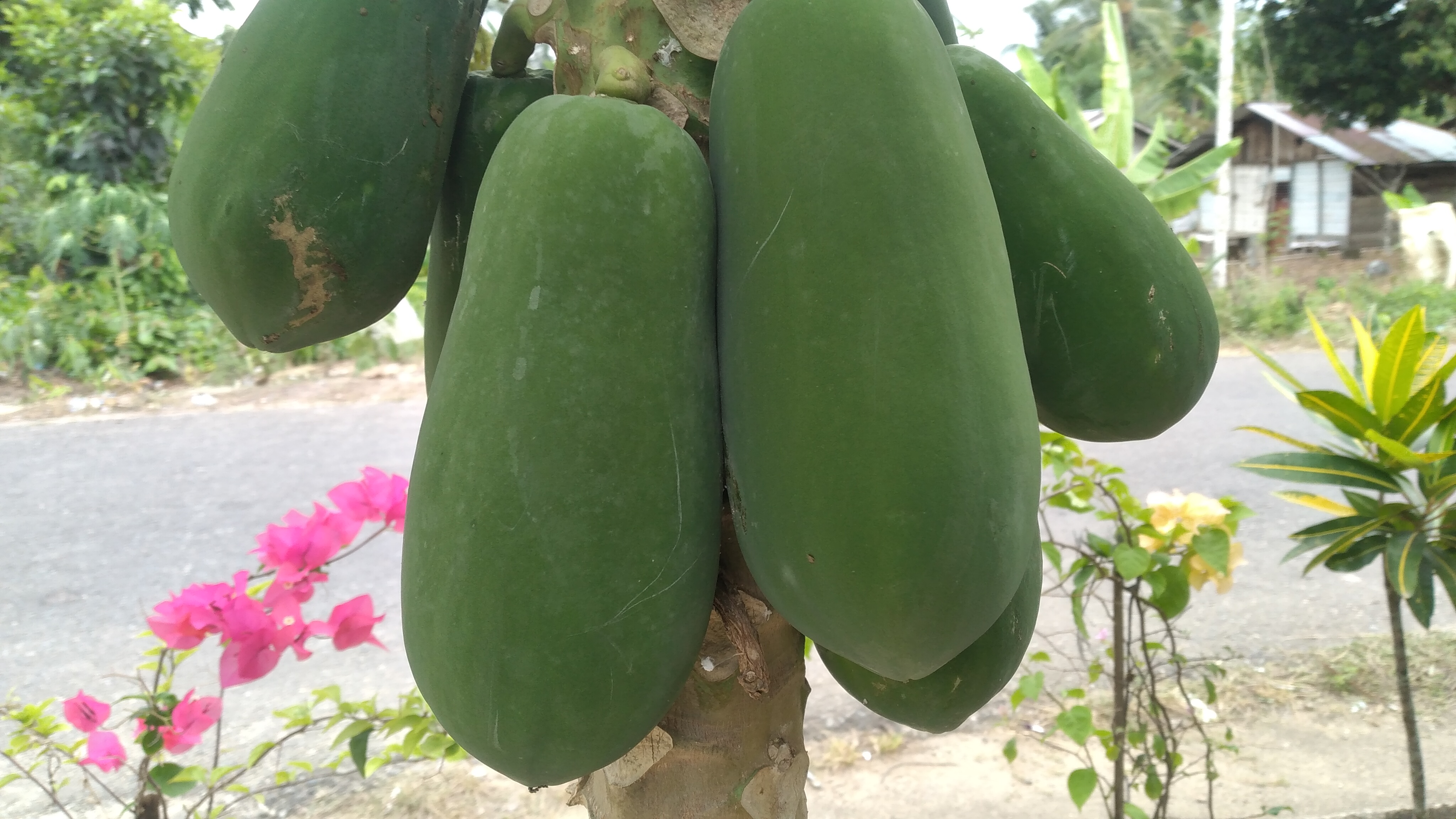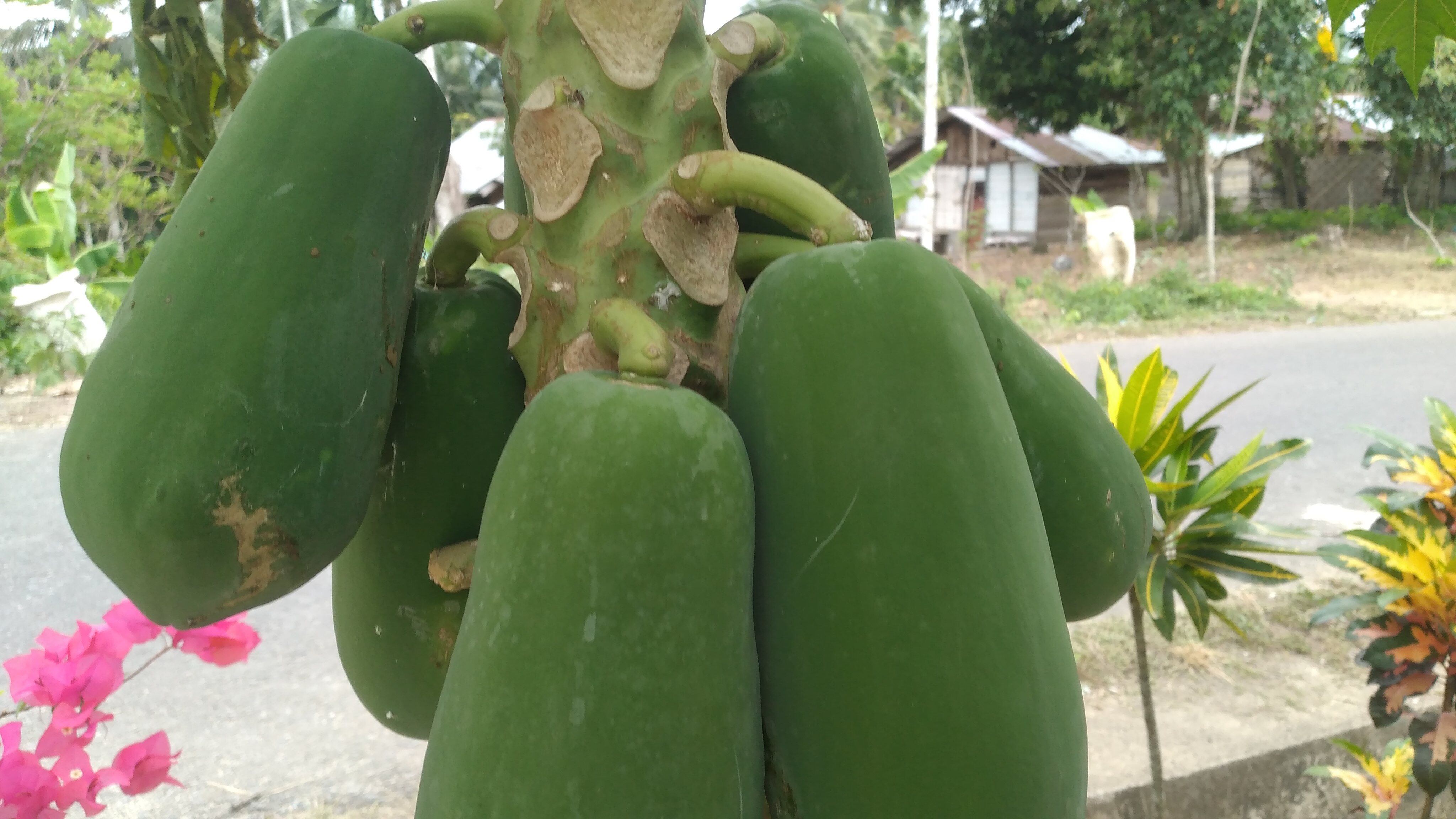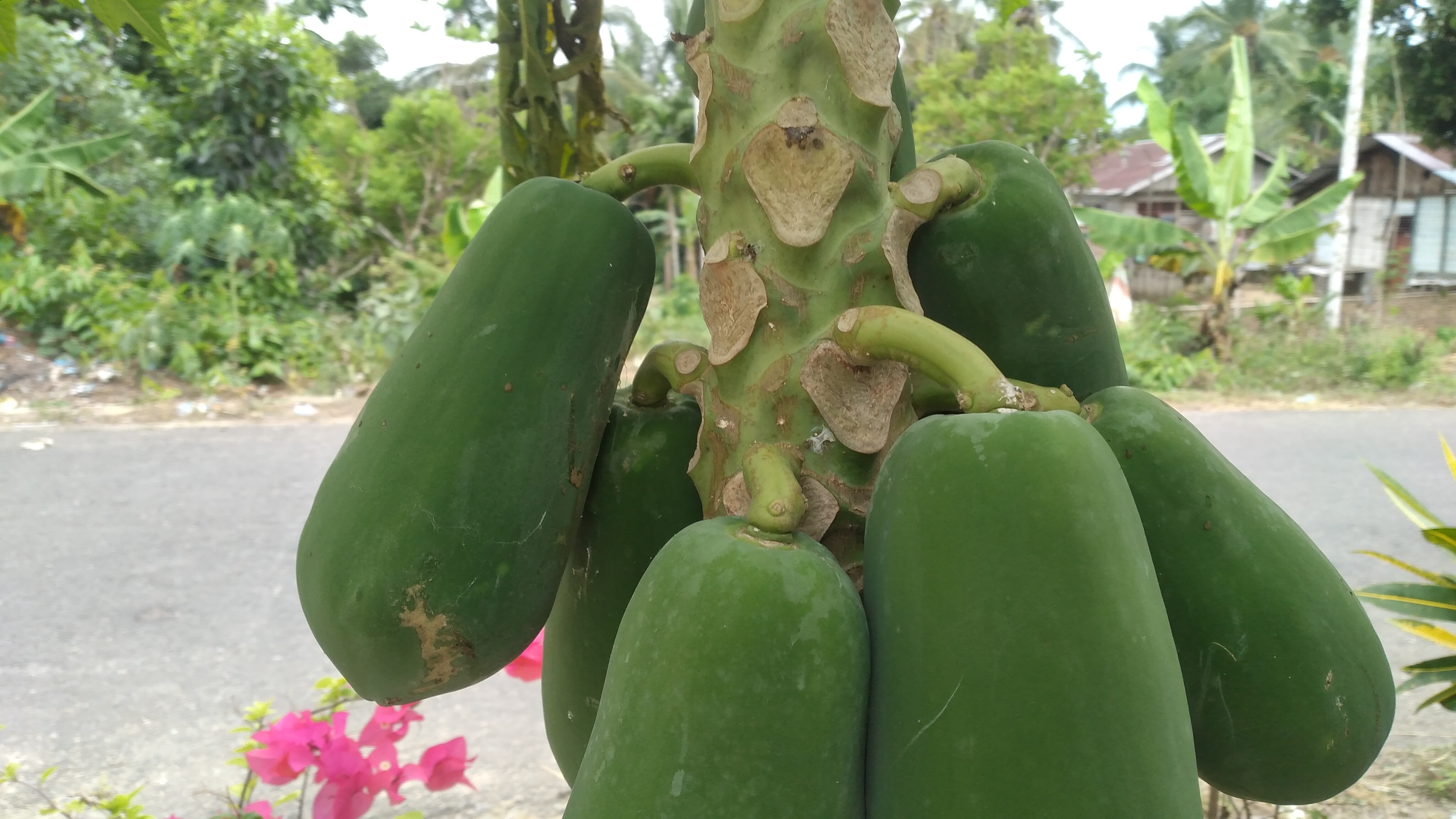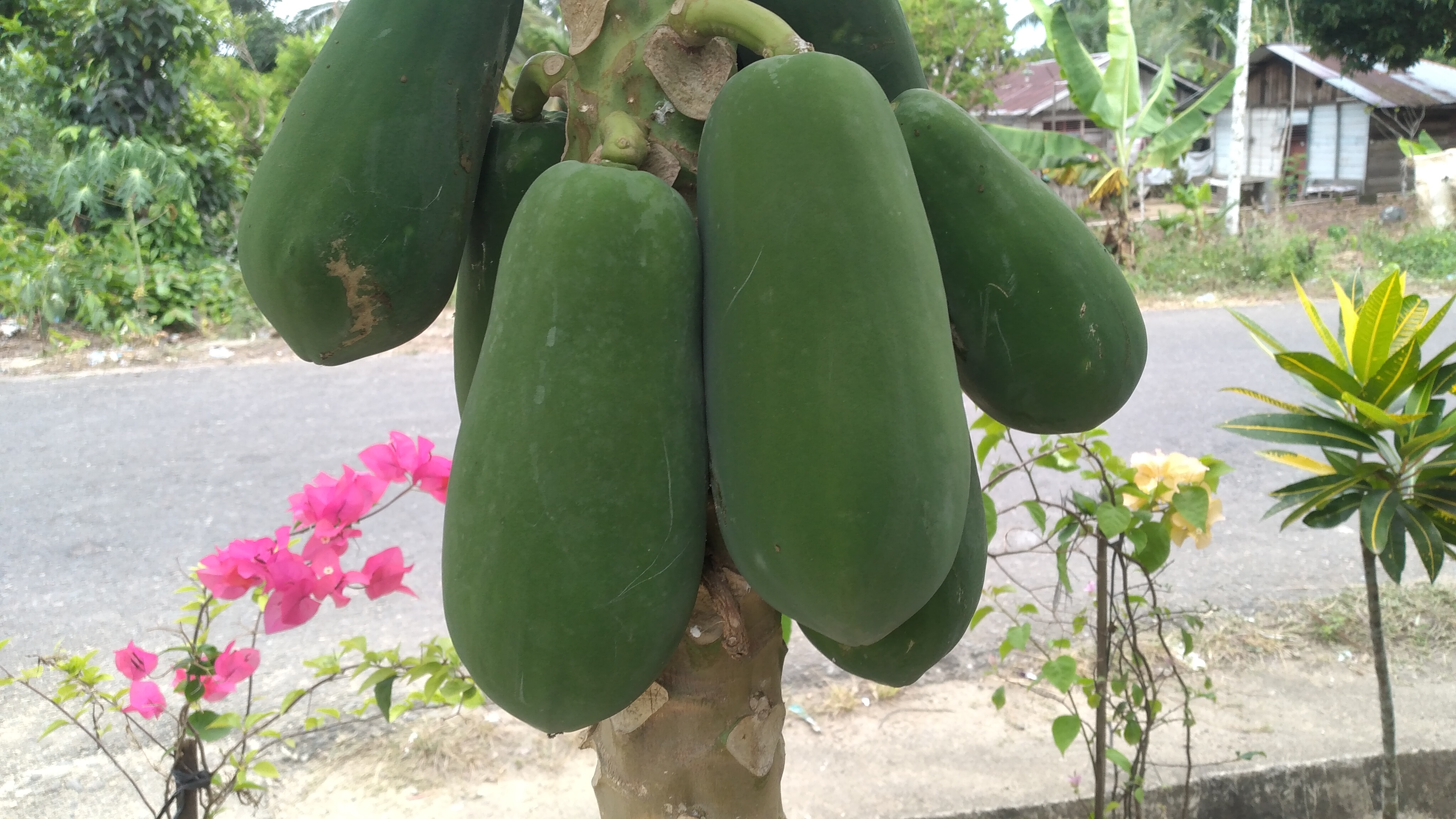TIPS FOR CULTIVATION OF CALIFORNIA PAPAYA FROM SEEDS

The California variety of papaya (Carica papaya L) is currently in high demand among farmers because of its potential for high profits. The flesh is chewy and thick. This plant originates from southern Mexico and Nicaragua, and is now widely cultivated in various tropical countries, including Indonesia.
California papaya is characterized by fruit that is not too large, weighing between 0.8 and 1.5 kilograms per fruit. The fruit has thick, smooth green skin, oval shape, and when ripe it is yellow with a sweet taste.
Papaya can grow optimally in the lowlands with a maximum height of 700 meters above sea level. The optimal temperature for cultivating California papaya varieties is around 23-30 degrees Celsius, with supporting rainfall ranging from 1,000 to 2,000 millimeters each year.
Suitable soil for this plant is fertile and slightly sandy. The ideal soil pH ranges from 6 to 7 or neutral. If the soil is too acidic, liming with dolomite is necessary to reduce the soil acidity level.
Quoted from the Development Management Information System in Rural Areas, BAPPENAS, the following is a guide to growing California papaya varieties from seeds properly and correctly.
Sowing Seeds
Papaya plants are propagated generatively using seeds taken from ripe and healthy papaya fruit on the tree. The method is to cut one third of the base of the fruit and take seeds from two thirds of the end of the fruit to be used as seeds.
Land Preparation
Land preparation begins by clearing the land of rocks, weeds and other plant debris, as well as ensuring there is a good drainage system. After that, the land is cleaned of weeds and other plant debris.
The next stage is tilling the land by hoeing and leveling the surface of the soil, then mixing it with ash from burning sawmill wood. After that, a planting hole is made measuring 60 x 60 x 50 centimeters, where the top soil is placed on the right side of the hole and the bottom soil is placed on the left side.
When planting, the bottom soil is used as the first pile which is covered by the top soil. The planting hole is left open and aerated for about 1 to 2 weeks to reduce the acidity level and water content in the soil.
The distance between planting holes is adjusted to the planting distance, which is around 2.5 x 2.5 meters or 2.5 x 2.75 meters. The plant population per hectare is 1,200 trees.
Making Beds
The beds or embankments are made with a length adapted to land conditions, with a width of around 1 to 1.5 meters, and a height of around 30 to 40 centimeters in the first year.
The distance between the beds is around 1 meter, with the direction of the beds adjusted to the direction of water flow. Make a planting hole in the middle of the bed with a size adjusted to the size of the seedlings, and the distance between the planting holes is around 2.5 to 2.75 meters in rows.
Planting
Planting California papaya can be done in two ways, namely using seeds that are planted directly or using seeds. If using seeds, usually plant 2 to 3 seeds per planting hole. Meanwhile, if you use seeds, usually around 1 to 1.5 months old, they are transferred from the polybag to the planting hole that has been prepared previously.
It is recommended to plant in the afternoon, around 15.00. This is done to anticipate the possibility of dead seeds or seeds that have unsuitable characteristics. It is recommended to plant 2 seeds at once in several planting holes.
Harvesting
California papaya can be harvested for the first time after growing for about 8 to 9 months. Papaya fruit is harvested when it shows signs of ripeness, such as a reddish yellow tinge of around 25 percent on the tip of the fruit skin. Fruit that will be transported long distances is picked when the tinge of yellowish green is still less than 25 percent on the tip of the fruit skin.
Fruit harvesting should be done by cutting the fruit stalk using a sharp knife or pruning shears. Avoid damaging the fruit and try to prevent it from falling to the ground. If the tree is tall, fruit harvesting can be done using a ladder as an aid






